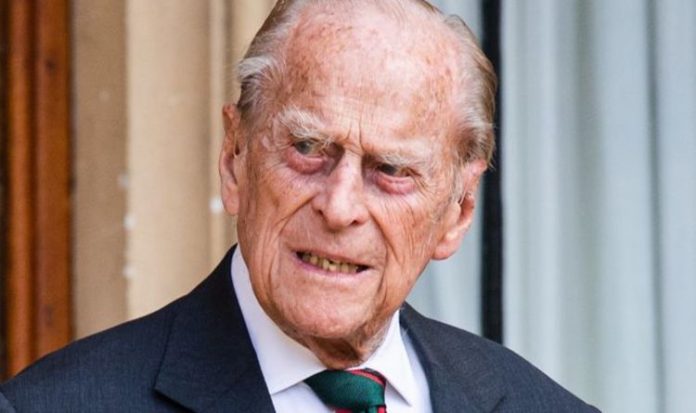Prince Philip had to stand down after the British Government intervened and demanded he moved alongside the Queen to Buckingham Palace after she became the head of the Royal Family. The Duke of Edinburgh had hoped to maintain a semblance of family routine for himself and the couple’s eldest children, Prince Charles and Princess Anne. But Italian documentary series Ulisse claimed the Prince was forced to give up his dreams to abide by Winston Churchill’s demands.
UPDATE: Meghan and Harry’s actions at ‘whatever the cost’ hurting Queen -expert
Host Alberto Angela said: “To Philip, one of the drawbacks of his wife’s accession to the throne was having to move to Buckingham Palace.
“But had it been up to him, he would have gladly left this building to his mother-in-law and he would have stayed in the more intimate and comfortable Clarence House.
“But the Government decided on these things and Churchill wanted the new Queen in the palace of her ancestors who had chosen it as an official residence since the time of Queen Victoria.”
The Duke of Edinburgh is nowadays believed to have played a pivotal role in the modernisation of both the Royal Family and royal residences despite the objection of palace courtiers.
JUST IN: ‘It’s disloyal’ Prince Harry under fire over controversial Netflix deal amid The Crown row
And senior members of the family also tried to rebuke Prince Philip’s attempts of making the monarchy fit for the modern age.
According to the Duke’s biographer Brian Hoey, Philip was quick to kick off his renovation plans after he discovered Buckingham Palace worked on a two-kitchen system.
Enraged by the antiquity of the arrangement, and the waste of manpower and food, the Queen’s consort brought to an end a tradition Queen Victoria and Prince Albert helped establish.
Mr Hoey said: “At first he was highly amused at this antiquated system, which had been in existence since Queen Victoria’s reign.
READ MORE: Royal snub: Prince Philip didn’t buy Queen wedding ring but did write message inside it
Discussing the pair’s relationship, biographer Robert Lacey said: “There she was unashamedly harking back to when Britain had an empire – charming, aristocratic, frankly snobbish, no pretence of actually living in the 20th century.”
Despite the inside battles Prince Philip was faced with, he succeeded in ensuring Buckingham Palace was fit for its purpose and ready to serve as the Queen’s main office in London.
Modernising plans also included attempts to make the Royal Family appear more approachable to changing generations of Britons and make the institution look “less austere.”
Massey College master emeritus John Fraser said: “He was a penniless pauper prince that came into this family which was pretty rigidly orchestrated in their official duties, and he tried to make it a bit more human, I think, more approachable. In that degree, he was a moderniser.”







